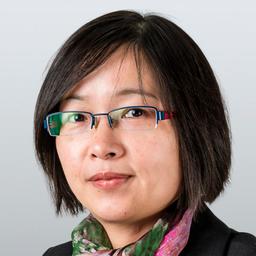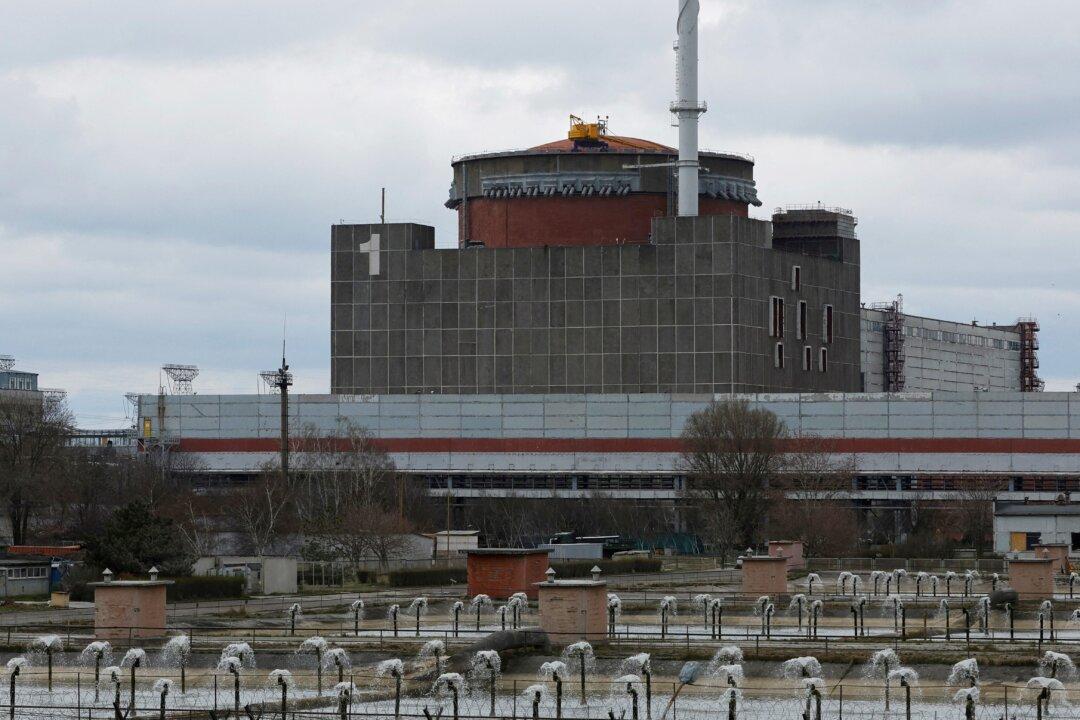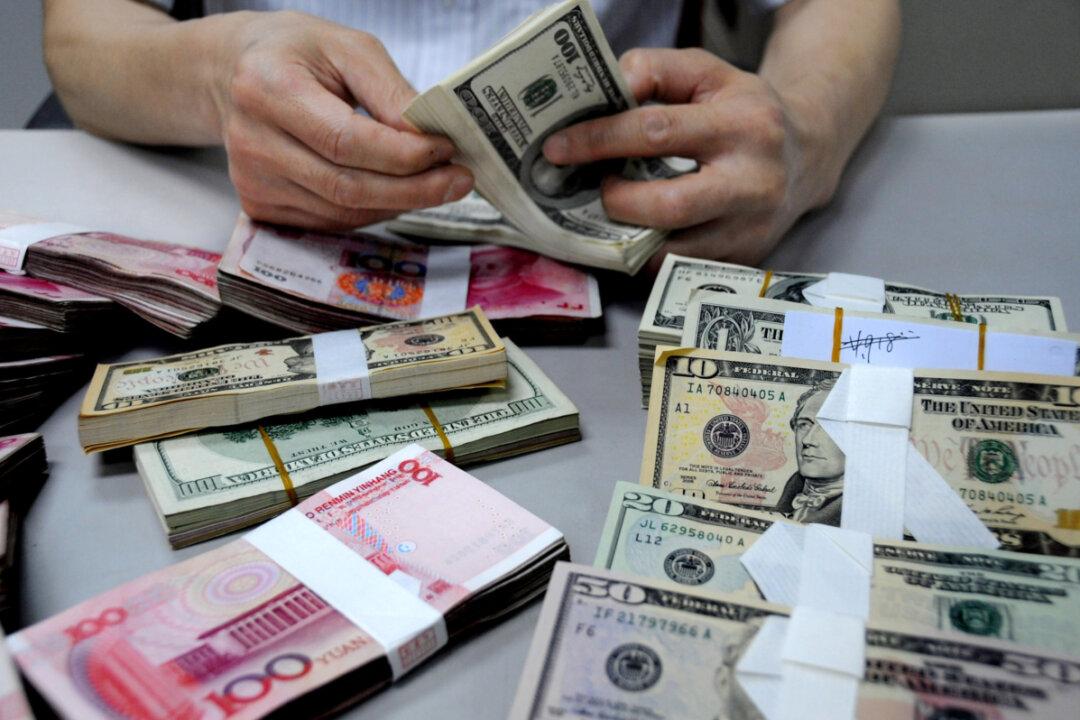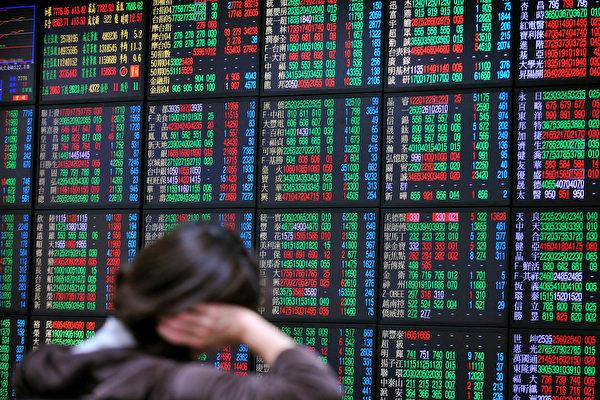Top Chinese companies have tumbled in market cap, with 12 firms dropping out of the 2022 Hurun Global 500, a list of the 500 most-valued, non-state-owned firms in the world.
According to the 2022 report released by the Shanghai-based Hurun Research Institute on Dec. 9, the United States leads the world with a total of 260 companies on the list, a 17 percent increase.






